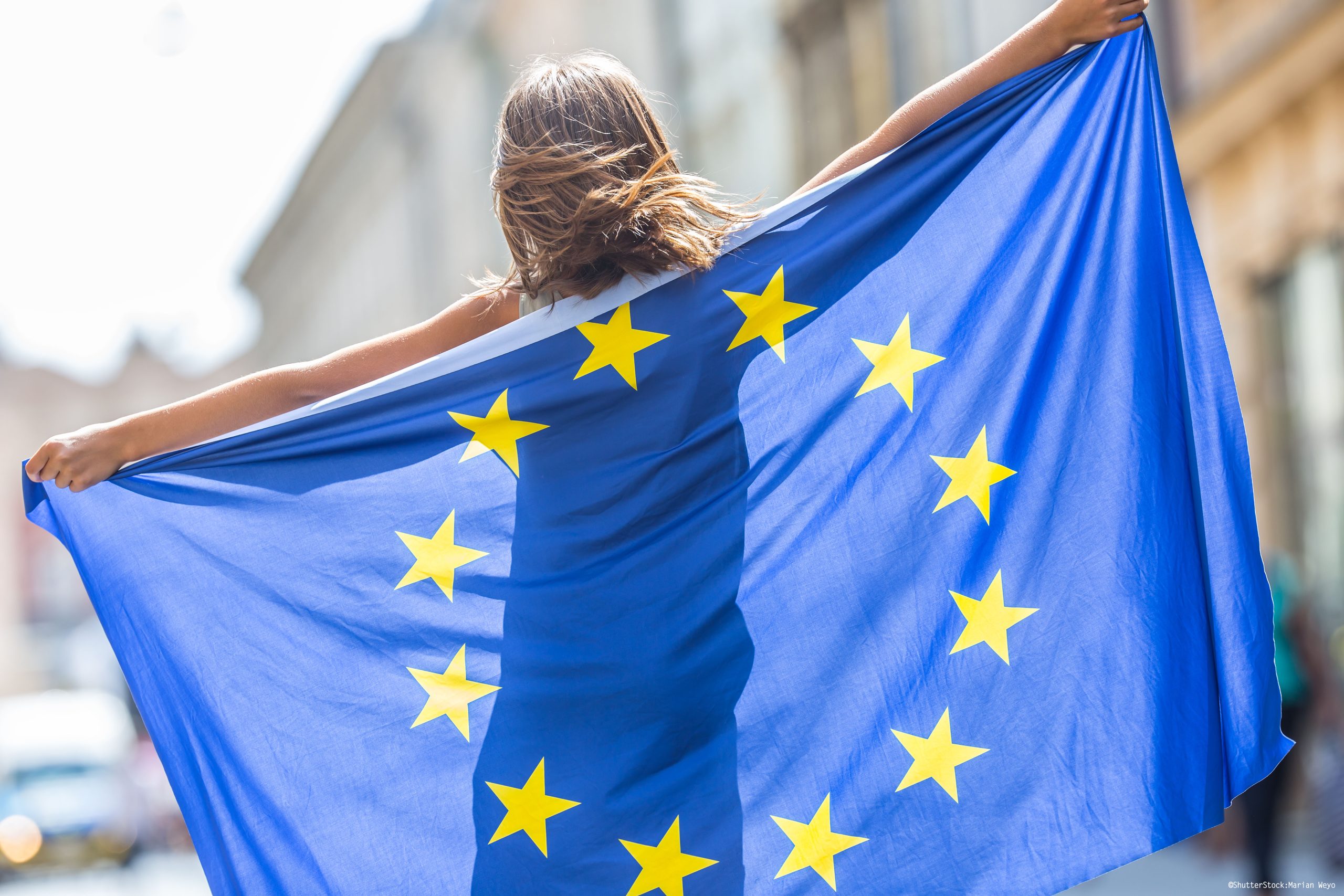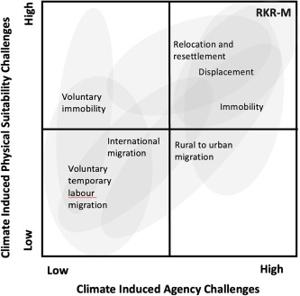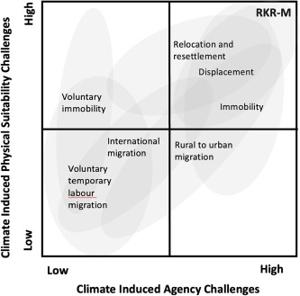Migration and mobility are no longer abstract, global phenomena; they are deeply personal. Whether by choice or circumstance, millions of people today are living lives stretched between borders, cultures, and time zones. And in this ongoing movement, something profoundly human is shifting: our identity.
At Remin.site, we believe that your story—your movement, your transformation, your self—is not something to be lost in the crowd. It deserves to be remembered, recorded, and passed on. Because death is not the end; it is the beginning.
Introduction: A World on the Move
From climate migration to career-driven relocations, the 21st century is witnessing an unprecedented rise in global movement. According to the OECD International Migration Outlook, over 281 million people lived outside their country of birth in 2022—a figure that’s still rising. And with each move, individuals carry not only their belongings but their memories, languages, traditions, and sense of self.
“To move is to change. To change is to ask who you really are.”
— Unknown migrant, from a UNHCR oral history archive
But what does this mean for the self? What happens when our sense of home becomes a mosaic of places, people, and languages?
Why Migration Matters More Than Ever
- Forced displacement due to conflict and climate change is creating new forms of exile.
- Career, education, and digital work are expanding the geography of opportunity.
- Global diasporas are reshaping the cultural fabric of cities and nations.

In a world where identity was once rooted in place, today’s mobile lives ask us to redefine ourselves through a lens of transformation and resilience.
Identity in Transition: The Inner Journey
The most powerful shifts often happen within. Migration is not just a change of geography—it is a deep recalibration of who we are. As we adapt, assimilate, and resist, we begin a process of reshaping the self, often in silence, often between languages.
From Homeland to Hostland: Cultural Shifts
Arriving in a new country means more than unpacking luggage—it means confronting unfamiliar norms, reinterpreting one’s values, and negotiating identity on new terms.
- What once felt ordinary—your accent, your food, your holidays—suddenly marks you as “other.”
- Homesickness and cultural shock aren’t always visible but run deep beneath the surface.
- You begin to question what parts of yourself are inherited, and what parts are evolving.
This friction can be disorienting—but it is also rich terrain for growth.
Identity Crisis or Evolution?
Many migrants face what psychologists call an identity dissonance: a conflict between their origin identity and the one they are expected to adopt. But this isn’t always a crisis—it can also be a powerful metamorphosis.
“Migration doesn’t erase who you are. It reveals what you’re capable of becoming.”
— Dr. Saira M., Cultural Psychologist
Transnational Belonging: Between Two Worlds
For many, especially second-generation migrants and diaspora communities, the question isn’t “Where are you from?” but “Where do you feel at home?” The answer is rarely singular.

The Role of Memory and Ancestry in Belonging
In a mobile world, memory becomes an anchor. Family stories, ancestral rituals, languages, and even recipes become tools of survival—reminders of who you were, and guidance for who you might become.
As explored in this article on diasporic identity, children of migrants often inherit both the trauma and the pride of migration. They learn to walk in multiple worlds—never fully one or the other, but always both.
Double Consciousness and Hybrid Selves
This dual belonging often creates what sociologists call a “hybrid identity”. Migrants learn to switch codes, adapt behaviors, and hold simultaneous truths about home, culture, and belonging.
- You may think in one language, but dream in another.
- Your name might be pronounced differently, depending on where you are.
- Belonging is no longer defined by borders—but by connection, memory, and choice.
At Remin.site, we invite you to archive these complexities—not as contradictions, but as living proof that your journey, however scattered, is whole. Your memory matters.
Global Mobility and Digital Identity
In the age of the internet, mobility isn’t just physical. Digital spaces have become extensions of identity, allowing migrants to stay connected, preserve language, and express culture across distances.

Reinventing the Self Through Virtual Belonging
From WhatsApp family groups to YouTube cooking channels preserving dialect and tradition, migrants are building homes in the cloud. These virtual spaces offer a form of emotional continuity—places where self-expression isn’t lost in translation.
As discussed in the EU’s Cultural Future report, cultural identity today is not fixed—it is fluid, remixable, and borderless.
Continue reading the second half of the article where we explore how migration shapes collective memory, the role of food, language, and art in preserving identity, and why remembering our mobile selves is essential for future generations.
Related Article: Ancestral Memory in Modern Times: Why It Still Shapes Us
Migration as Collective Memory and Cultural Engine
Migration is not just a private journey—it is a cultural force. Each step taken across a border carries the echoes of generations. The stories we inherit, the songs we hum, the dishes we recreate from memory—all are pieces of a shared legacy. At Remin.site, we believe these fragments are worth preserving.
Community Identity Through Story and Song
Communities in diaspora often build powerful connections around oral traditions. Grandparents become memory keepers, storytellers, and guardians of a homeland long gone. This is how migration becomes not just movement, but a bridge between eras.
- Oral histories pass down values and wisdom.
- Traditional songs carry language and emotional resilience.
- Folklore and fables adapt across borders, but their essence remains intact.
Preserving these memories is not only an act of cultural continuity—it’s a way to remember who we are when everything else shifts.
Art, Language, and Food as Carriers of Identity
The arts become the canvas of identity for migrants and their children. Painters, poets, chefs, and musicians across the world are reclaiming their roots through their work. These expressions of self are not just aesthetic—they are acts of remembrance.

- Language retention programs in diaspora schools foster linguistic belonging.
- Fusion cuisine reflects the mingling of memory and adaptation.
- Art exhibitions and literature on migration help rewrite the migrant narrative—from pity to power.
“Every dish I cook from my grandmother’s recipe is an act of resistance—a reminder that I come from somewhere.”
— Lina H., Syrian chef in Berlin
Conclusion: A Fluid, Evolving Sense of Self
Migration and mobility are no longer exceptions—they are defining characteristics of our era. And with that comes the invitation to rethink identity not as something fixed, but as something that flows, adapts, and remembers.
At Remin.site, we recognize the beauty and complexity of your journey. That’s why we provide a space where your memories, ideas, and legacies can be stored—not as fragmented moments, but as a continuous story that lives beyond time.
Death is not the end. It is the beginning of remembrance.
What Does It Mean to Belong in a Mobile World?
It means belonging becomes a practice. A choice. An archive of connections you carry within you—and pass down. It means allowing yourself to be shaped by both the places you come from and the ones you grow into.
And above all, it means your identity—like your memories—deserves to be seen, honored, and remembered.
Frequently Asked Questions (FAQs)
Q1: How does migration affect identity?
Migration often prompts individuals to re-evaluate their sense of self. It can lead to the development of hybrid identities that incorporate elements from both the origin and host cultures.
Q2: What is transnational belonging?
Transnational belonging describes the experience of feeling connected to more than one nation or culture at the same time. Many migrants navigate multiple homes—emotional, cultural, and physical.
Q3: How can digital platforms help preserve migrant identity?
Digital spaces allow migrants to connect with communities, archive family stories, and maintain cultural practices. Platforms like Remin.site serve as memory vaults where identity can be documented and passed on.
Q4: What role do art and food play in migrant identity?
Art and food are powerful expressions of cultural memory. They provide tangible ways for migrants to maintain a sense of belonging and to share their heritage with future generations.
Explore More
- OECD Migration Outlook
- Diaspora and Identity Studies – Tandfonline
- Migration Policy Centre – EU Cultural Future
- Wiley: Geography of Migration and Identity
Ready to preserve your journey? Visit Remin.site and start building your legacy. Because your story deserves to live on.
